Comprehensive list of the main technologies developed by HPG Lab.
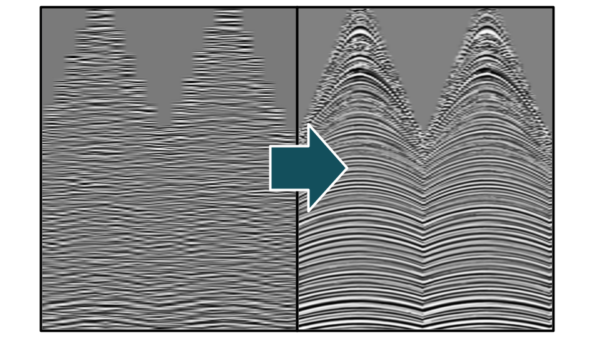
5D Seismic Regularization
Regularization technology based on Common-reflection-point (CRP) Trajectories which ensures that only the amplitudes related to the same reflection point are considered on the regularization process, avoiding reflection-point dispersal on dipping reflectors.
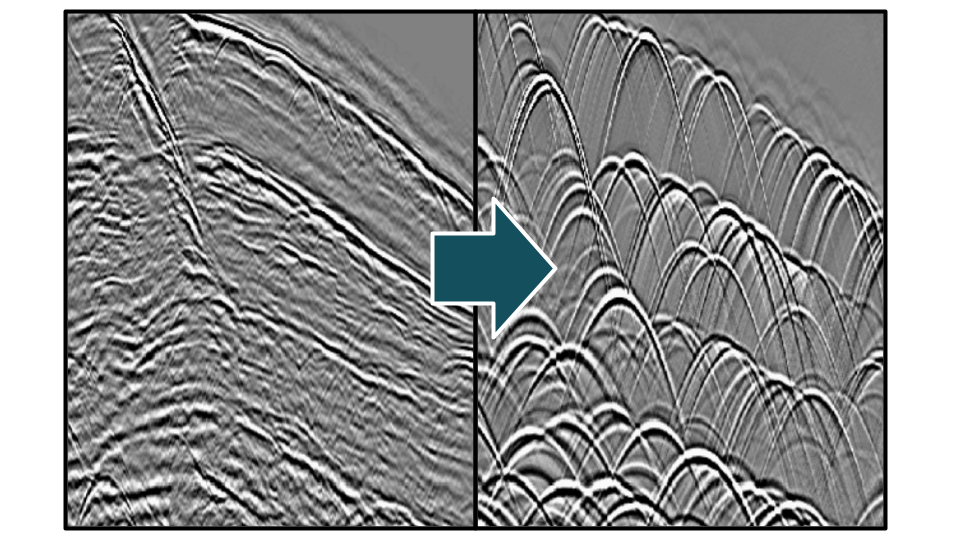
5D Diffraction Separation
Separation technology is based on Double Square Root (DSR) operator which approximates diffraction events in pre-stack domain. The final result is a pre-stack dataset with only diffraction events.
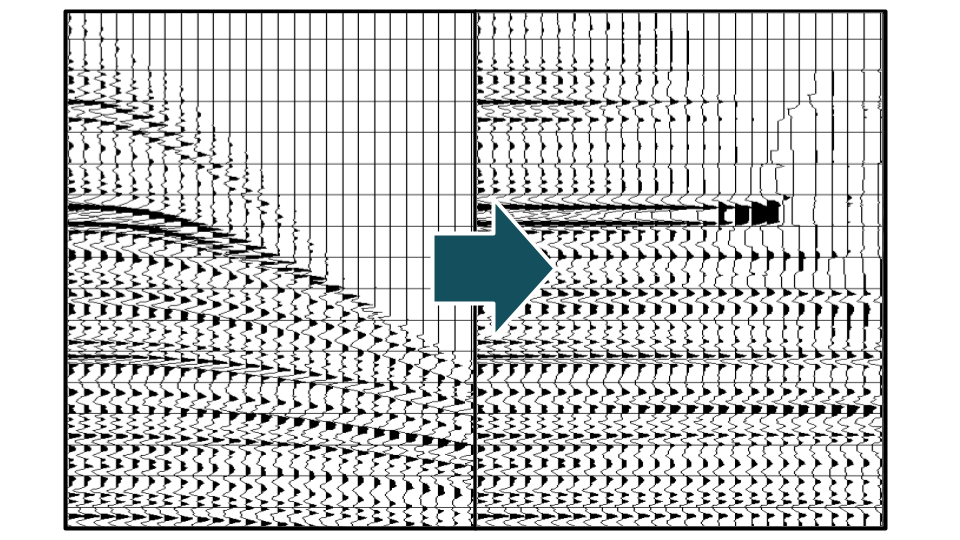
Total Moveout Correction (TOMOCO)
Based on Common-Reflection Point (CRP) operator, this technique is capable to perform corrections that considers not only moveout related to the medium velocities but deviations related to reflection point dispersal. As a result, it converts CMP gathers to CRP gathers in non-migrated dataset.
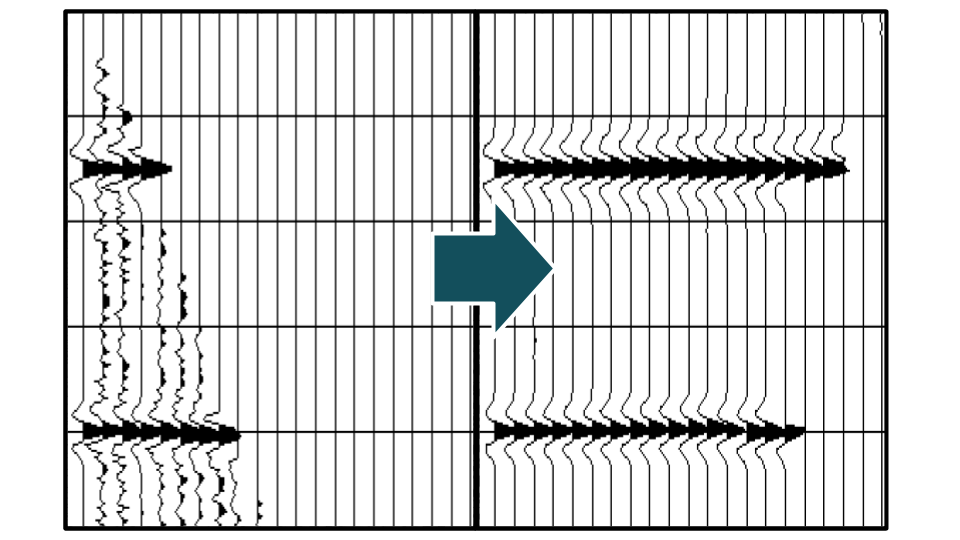
Stretch-free Stacking
The Stretch-free Stacking technology allows for stretch-free moveout corrections that can be applied to any traveltime approximation. This technique can be incorporated into any seismic-processing sequences since it requires no changes in the estimation of traveltime parameters. The Stretch-free moveout correction is performed on a separate procedure where the required stretch-free parameters are computed automatically, considering the previously estimated moveout parameters.
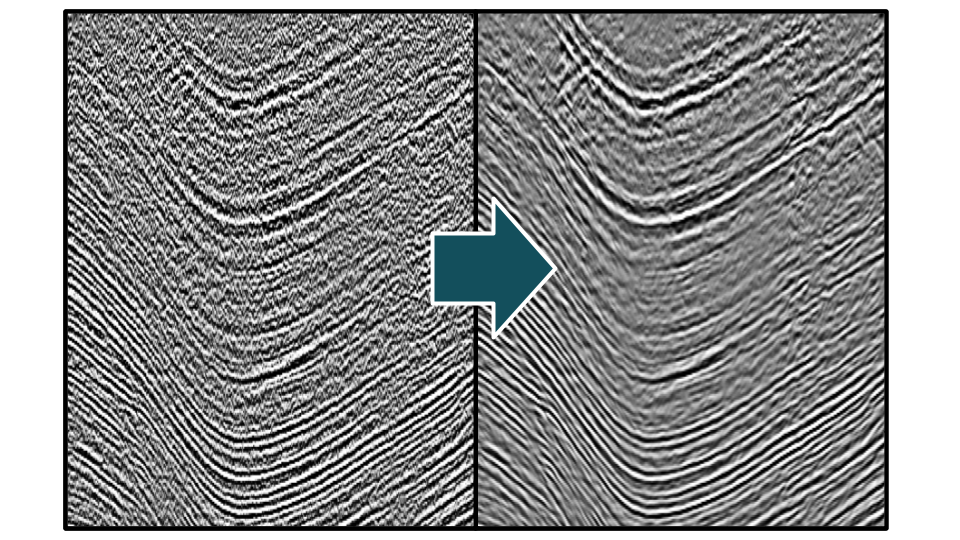
Noise Attenuation
Improved noise attenuation can be achieved by using state of the art multiparametric traveltime approximations to perform stacking operations at all samples of the seismic dataset.

SPITZ Programming Framework
SPITZ is the HPG’s solution to bring modern software features and the best programming practices to a wide range of HPC systems, from the legacy ones to the newest. We extracted the essence from most seismic processing and imaging software and created a complete distributed programming framework that is easy to use, scalable, resilient, and dynamic in nature.



